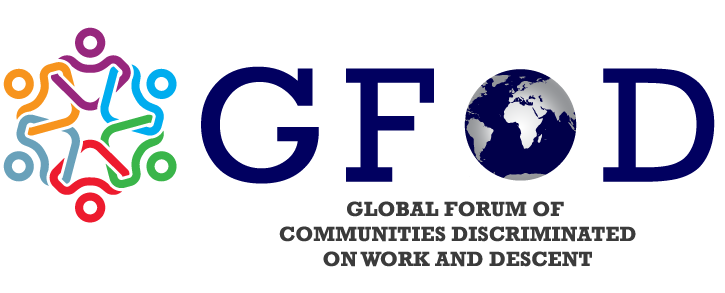Traditional and modern forms of slavery and slavery-like practices, are prevalent in Cameroon, despite its criminalisation in its Penal Code. The most recent Global Slavery Index conducted by Walkfree, ILO and IOM in 2023 ranks Cameroon as the 16th country in Africa with a prevalence of modern slavery. Over 155,000 people out of the 26.5 million total population are victims of modern slavery.This means that 5.8 out of every 1000 persons are living in slavery or slavery-like practices.
Forms of modern slavery include – sex trafficking and forced labour of children, women and IDPs within country and abroad. Vulnerable children also include homeless and orphans, particularly for sex trafficking domestic servitude, begging and street vending. Additionally children are exploited for artisanal gold mining, gravel quarries, fishing, animal breeding, and agriculture (on onion, cotton, tea, and cocoa plantations), as well as in urban transportation. Hereditary slavery reported in northern chiefdoms. Cameroon, along with other countries including Chad, Niger, Nigeria, Congo, and the DRC, is deeply impacted by ISIS-West Africa and Boko Haram, who are known for recruiting or trafficking adults and children for military support or direct combat roles.
Since the population data is not captured by ethnicity, caste and race, there are no official records of the status of CDWD in Cameroon. Given the exclusion and marginalization faced by the CDWD, it is safe to assume that the human development indicators of CDWD will be lower for them, as compared to overall population. The decision-making process sees minimal participation from Communities Discriminated on Work and Descent (CDWD), both at the local and national levels. Discrimination against them results in the non-recognition of their localities and traditional institutions by public authorities. Even in cases where the CDWD receive recognition, it remains quite weak.
Recommendation
Government Policy Promulgation: Merely enacting laws or ratifying regional and international legal instruments is not sufficient; it is crucial for the government to ensure their strict implementation.
Adoption of Specific Laws: To address the unique needs of the CDWD, specific laws must be adopted. Despite the constitutional provision for protecting indigenous peoples and minorities, there is still a lack of dedicated legislation for the Mbororos and other marginalised groups.
Inclusive Formulation of Programs and Projects: The formulation of programs and projects should involve active participation from the target communities (CDWD and other marginalised), taking into account their distinct characteristics.
Preceding this, adequate training should be provided to the main beneficiaries to enhance their understanding of various aspects.
Ensuring Effective Budget Allocations: While budget allocations are welcome, their proper utilisation is imperative. These allocations should not be mere political promises but rather subject to careful monitoring. It is alsoessential to invest in the promotion and empowerment of the CDWD as this serves to safeguard their cultural heritage effectively.
Establishment of Organisational Mechanisms: The setup of organisational mechanisms such as commissions, committees, departments, and national reporting and monitoring mechanisms is a positive step.
The representatives from the target groups (CDWD communities and other marginalised) be included in these mechanisms to ensure their voices are heard.
Courtesy Rights Expert Mali and Country Report on Status of CDWD in Cameroon
Latest from Cameroon
It seems we can’t find what you’re looking for. Perhaps searching can help.

